The Bizarre and Beautiful Chewbacca
Middletown (Google Maps Location)
October 3, 2008
Here I am, staring at my chapped fingers asking them to write a coherent post about an art museum. My diamond anniversary museum, if you will, and only my second art museum. At least at the first one, The Housatonic Museum of Art, I had company to help me better craft a story. Here? Just me, a tiny room, and some weirdly cool and very old art.
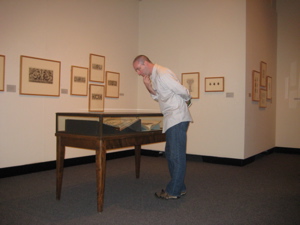
Before leaving my job in Middletown, I was able to use some long lunches to check out some of the sites in town. On one such foray while checking out some Middletown Heritage Trail sites, I popped in to see what Wesleyan’s premier art space had to offer.
I entered and was given free range of the exhibit that was showing. I had read a bit online about the building itself, but didn’t get to poke around it outside of the gallery. Named the Alsop House, it’s certainly still worthy of mention.
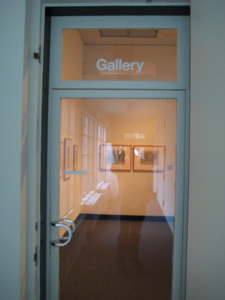
The historic Alsop House, listed in the National Register of Historic Places, is a distinguished architectural monument of the pre-Civil War period. The lot was acquired in 1835 and the house was built between 1838-1840 by Richard Alsop IV, son of the poet and “Hartford wit,” Richard Alsop III. Later, in 1948, it was purchased by Wesleyan with funds given by Harriet and George W. Davison (B.A. Wesleyan 1892).
In 1950, the Davisons commissioned the renovation and restoration of the house, adding to it the museum for storing and exhibiting their print collection, parts of which they had donated to the university over the previous two decades. The house has been described as an important example of Romantic Classicism in American architecture.
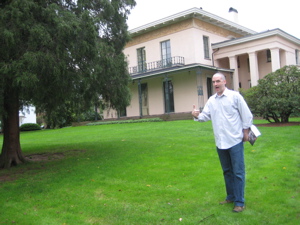
The building itself is one thing, but the various decorative elements are something else entirely. There are some really interesting techniques used around the building and here’s a tidbit you may find hard to believe – The trompe-l’oeil features of the staircase and the hall, as well as the marble floor in the conservatory, are duplicated in the American Wing at the Metropolitan Museum of Art in New York.
So take that, Museums You’ve Actually Heard Of.
Onward to the gallery. For (quite literally) years I’ve struggled to define the difference between art museums, art galleries, art spaces, and all the in betweens for the purposes of this site. Now, three years into this adventure, I think I’ve settled upon a loose answer – and the Davison Art Center helped out.
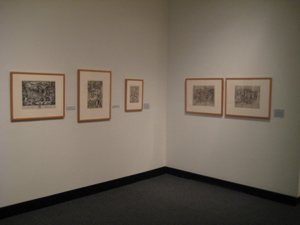
You see, the exhibits here change completely a few times every year, so my museum experience was completely different than what yours will be. And, lucky for me, I happened to go during an exhibition I thought was really cool. Granted, none of this stuff is “famous” and experts in the field are not art world darlings, but still… The exhibit was titled, “The Bizarre & the Beautiful: Fantasy and Visual Pleasure in Renaissance and Baroque Prints.”
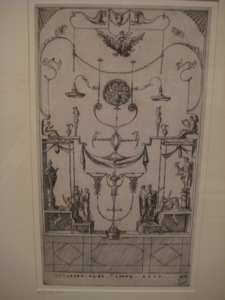
The Davison Art Center’s print collection is considered to be one of the two or three most important at an American university. It includes fine impressions of works by Northern and Italian Renaissance artists; Rembrandt and his contemporaries; Goya; nineteenth-century French painter-printmakers such as Manet and Millet; and American modern and contemporary artists, especially Jim Dine. There are also about 600 Japanese ukiyo-e woodcuts and strong holdings illuminating the early histories of mezzotint and lithography.
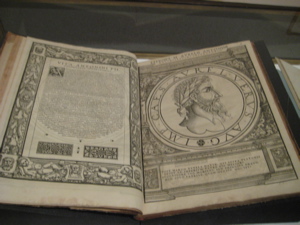
I’m sort of mad at myself for waiting too long to write this place up, because all the online explanations of what I saw are gone. That means I have three options at this point; 1) End this write-up prematurely, 2) spend far too long typing out the signs I took pictures of, or 3) find a happy middle ground.
I’ll go with 3 and see how far I get. The DAC site still has a paragraph about the exhibit:
Like the swirls of ornamental grotesques that adorned architecture, metalwork, and textiles, the boundaries between beauty and strangeness were extremely fluid in Renaissance and Baroque art. Through monsters, hybrid creatures, and bodies that twisted into fanciful shapes, artists visualized myths and dreams, delighting their viewers by these seemingly limitless flights of fantasy. Drawn from the Davison Art Center Collection, this exhibition featured works by Agostino Carracci, Enea Vico, Lucas Cranach the Elder, Christoph Jamnitzer, Jacques Callot, Hendrick Goltzius, and others, probing the very essence of art and artistry of the period.
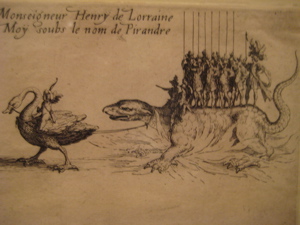
Hm, that sounds pretty comprehensive to me. Now, let me say that while the wall signage was extensive and informative, it also reeked of that arty pretension only a large, “Connecticut liberal arts college art exhibit” can give you. Oooh, lucky us, one of my sign pictures is clear enough to read!
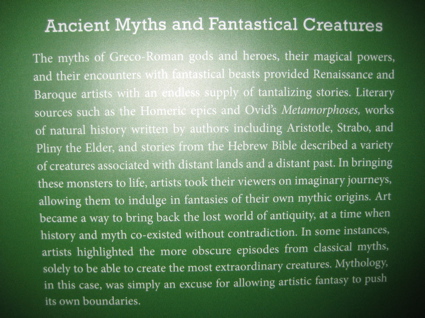
Some of the prints were just downright violent and awesome:
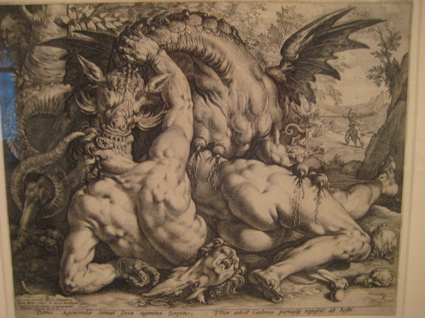
Hendrick Goltzius (Dutch, 1558-1617)
The Dragon Devouring the Companions of Cadmus, 1588
I could ruin that image for you by telling you that Goltzius shows two of the most gruesome episodes in Cadmus’s long story involving the dragon guarding the sacred spring of Ares. After several of the hero’s companions were slain by the monster as they tried to fetch water for ritual sacrifice, Cadmus killed the dragon. While the latter event takes place in the distance, the main action unfolds in the foreground, with two heroic classical bodies elegantly twisting in agony under the monster’s merciless claws and teeth. The viewer delights in this moment of great violence and great beauty. The juxtaposition of the two extremes allows for their mutual reinforcement.
I just thought it was cool. But this is cooler:
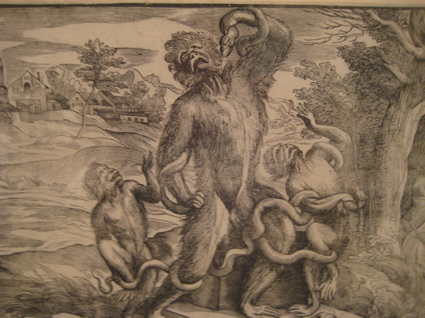
Niccolo Boldrini
Caricature of the Laocoon Group, ca. 1540-1545
I’ll spare you the full explanation of this one (you can thank me later), but you do need to know that while the exact meaning of this parody remains unclear, some “see it as taking a pro-Vesalian and anti-Galenist stand in contemporary debates about the nature of human versus ape anatomy.” You see. I just thought it was Chewbacca getting killed by snakes.
There was another section of the exhibit titled “Festival Prints,” mostly by some french guy named Jacques Callot. It just wasn’t as exciting to me as the “Grotesques.” Or the 16th century cliched tattoo art:
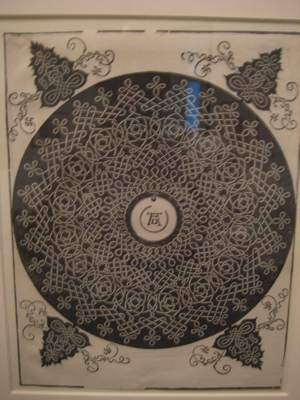
Albrecht Duhrer
The Third Knot, 1505-1507
There were some very old books with prints and a tiny knife carving dating back 500 years as well. While small, I enjoyed the gallery and if I lived closer and had a greater appreciation for art, I’m sure I’d visit this place a bit more.
I liked the minimalist appearance of the gallery, as it allowed the old prints to be the sole focus of the room. Overall, this was a very well presented collection and I have no reason to believe this isn’t the standard here.
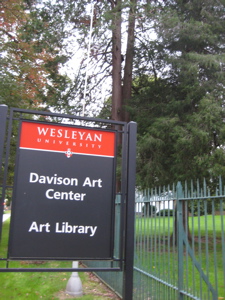
![]()

Leave a Reply